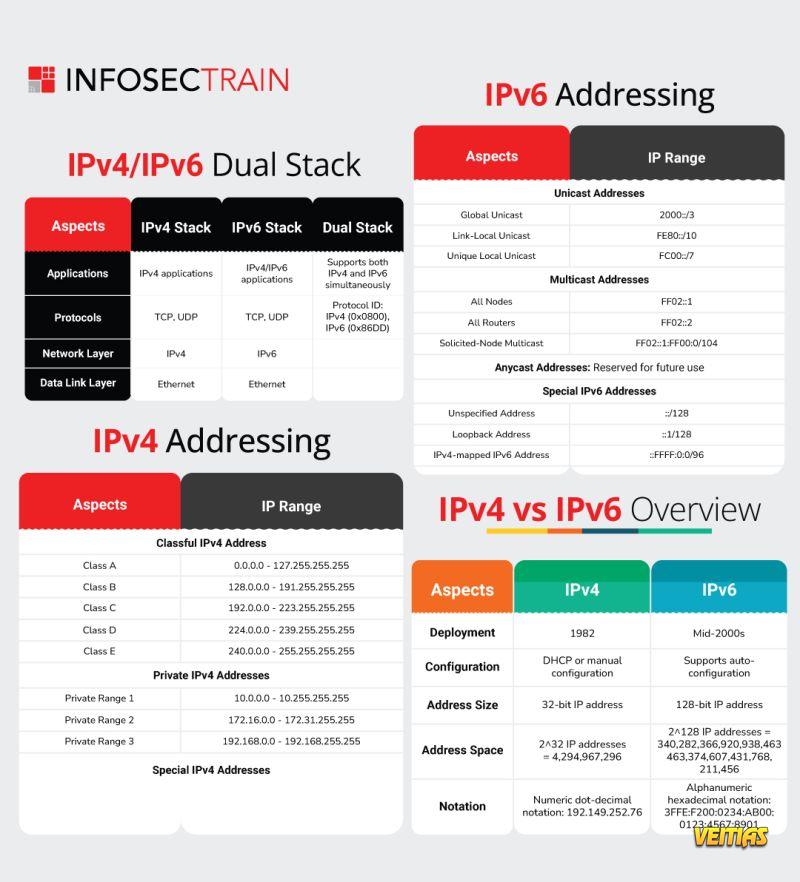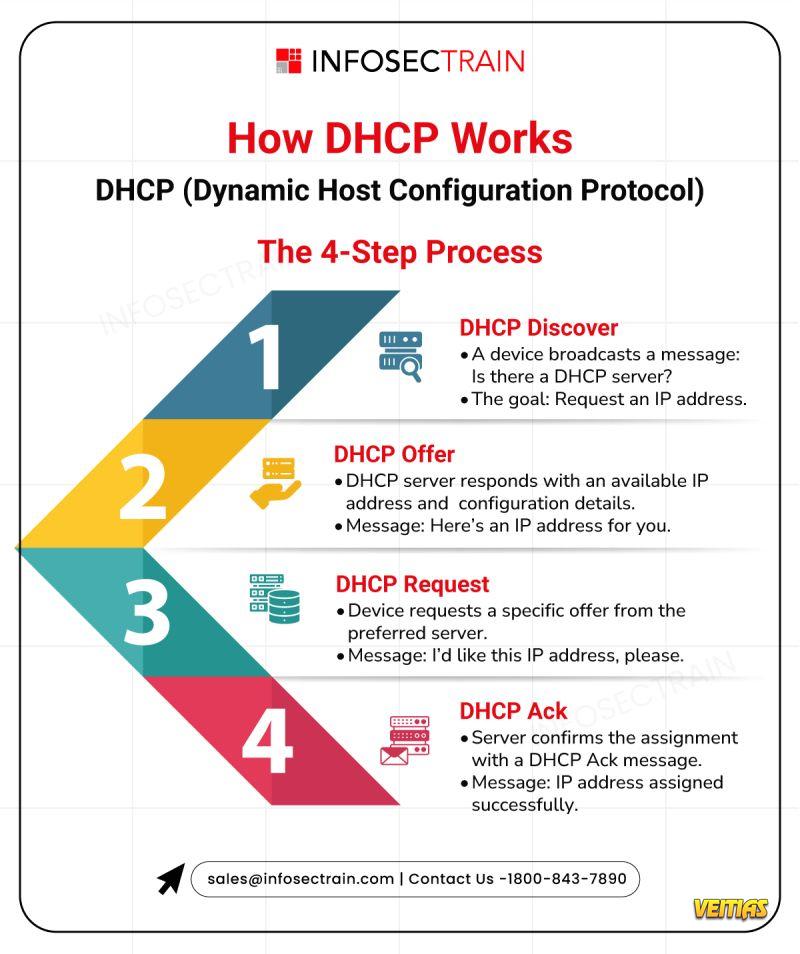IPv4 vs. IPv6: The Evolution of Internet Addressing!
Key Highlights:
IPv4 uses 32-bit addresses (≈ 4.3 billion)
IPv6 uses 128-bit addresses (≈ 340 undecillion!)
IPv6 offers better efficiency, scalability & performance
Dual Stack systems support both IPv4 and IPv6 together
Learn more about IPv4, IPv6, and Dual Stack addressing with InfosecTrain’s expert-led network security training!
#IPv6 #Networking #CyberSecurity #IPv4 #InfoSecTrain #NetworkSecurity #ITTraining #TechLearning #CyberAwareness
Key Highlights:
IPv4 uses 32-bit addresses (≈ 4.3 billion)
IPv6 uses 128-bit addresses (≈ 340 undecillion!)
IPv6 offers better efficiency, scalability & performance
Dual Stack systems support both IPv4 and IPv6 together
Learn more about IPv4, IPv6, and Dual Stack addressing with InfosecTrain’s expert-led network security training!
#IPv6 #Networking #CyberSecurity #IPv4 #InfoSecTrain #NetworkSecurity #ITTraining #TechLearning #CyberAwareness
IPv4 vs. IPv6: The Evolution of Internet Addressing!
Key Highlights:
✅ IPv4 uses 32-bit addresses (≈ 4.3 billion)
✅ IPv6 uses 128-bit addresses (≈ 340 undecillion!)
✅ IPv6 offers better efficiency, scalability & performance
✅ Dual Stack systems support both IPv4 and IPv6 together
📘 Learn more about IPv4, IPv6, and Dual Stack addressing with InfosecTrain’s expert-led network security training!
#IPv6 #Networking #CyberSecurity #IPv4 #InfoSecTrain #NetworkSecurity #ITTraining #TechLearning #CyberAwareness
0 Commentarios
0 Acciones
3144 Views
0 Vista previa









